Închide
This text is for those who make good products and want to compete, on the shelf, with the most famous brands in the world. The ideas are based on personal experience in making food packaging, so they may not be suitable for all types of products.
It's hard to produce something good. It's hard to get the product on the shelf. What I recommend is not to neglect the branding and packaging design stage, because once your product finally hits the shelves of the big stores, it will benefit from a short trial period. Make sure your product has packaging that works as a sales tool.
Good packaging meets the following criteria:
It is observed on the shelf.
Communicate benefits quickly
Interact post-purchase with the customer.
The reality is that a manufacturer has a lot to communicate, but on the shelf, customers sometimes see over 100 different brands in a single category, and the time spent choosing a product is only a few seconds. The time differs depending on the category. Bread is chosen in 3-5 seconds, and wine in 60-90 seconds.
Let's imagine how a shopping session goes for a normal customer. Dad receives a shopping list of about 30 products from different categories. The allotted time is a maximum of 30 minutes. Even after looking for a parking space and standing in line at the checkout, there are still less than 40 seconds left to choose each product. Some products on the list are more difficult than others. For example cosmetics will trouble most men. Spices or baking powder will require additional time to identify the rayon, choose the right product, etc. These difficult products eat up the time of the basic ones. When we buy staples: milk, cheese, butter, eggs, and bread, we rarely try new brands. A new brand in the basket is a risk factor. What if the kids don't like it? What if it doesn't have the same qualities as the recurring product? What if my wife throws it to the dog?!? It's safer not to change, I'd better take what I already had…
That's why there are product categories that are more difficult to change than others. It's easier to change the brand of biscuits than the brand of milk or bread.
Once we stop in front of a new packaging, it only has a few seconds to communicate the benefits it offers. See the case study Shake Me!
A smartly built product has a clear benefit. And good packaging communicates this benefit in a very short time. Quality, well-designed, and well-produced packaging communicates trust. Customers want quality products, and the packaging has the role of confirming a choice, of assuring the quality offered by the product inside.
A brand's verbal and visual identity helps a product make a good first impression. The harmonious composition, the chromatic accords or the quality of the materials from which the packaging is made contribute to the ability of a product to be pleasant. Packaging must structure a large volume of information, sometimes in a limited space. A professional designer manages to organize information in such a way as to communicate effectively with clients. Good packaging will communicate a large volume of information quickly and attractively. See case study Manea Brutarul
At home, the interaction time with a product is much longer, and the packaging will be looked at by several people. Each with their own interests. Mom will carefully check the ingredient list and nutritional information.
Packaging can also be an effective tool for generating online traffic. Packaging can be a link to a brand's online universe. In the online environment, the benefits of the product, the story of the brand or information about the rules of an ongoing promotion can be widely communicated.
In conclusion, packaging design, done well, is an effective sales tool. If there is a strategy behind the graphics and we collaborate with a talented designer to visually organize the information.
We make an inventory of the most important types of brands:

3. Service brand Services need the trust of its customers as much. This trust, as with products, is earned and kept by keeping promises. A service will have to compensate for the lack of a tangible object with which customers interact. It will do branding by the way the online ordering interface looks, by the way, the employees answer the phone, or by the way the employee who makes the deliveries looks and behaves.
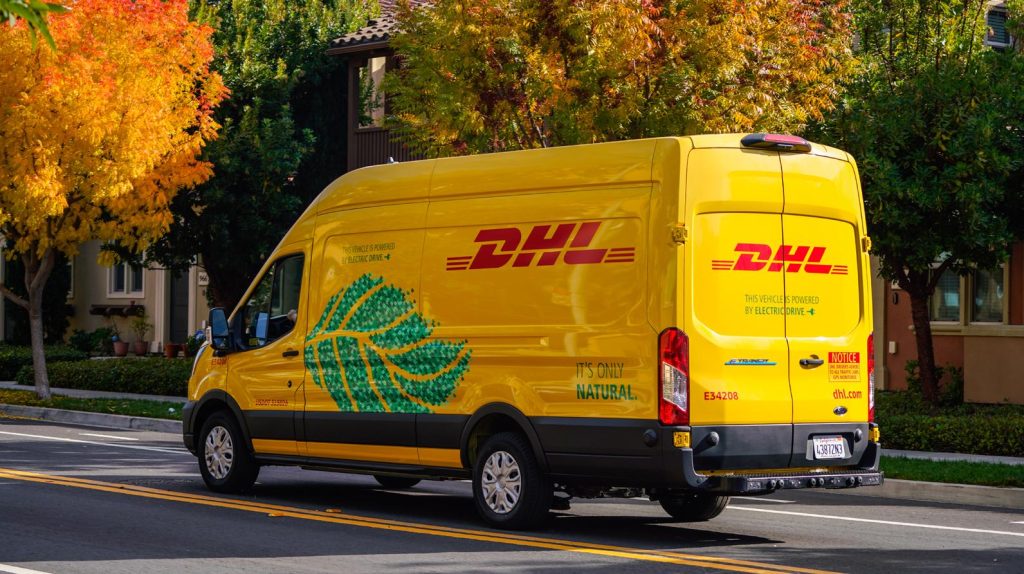
4. Corporate brand
"The corporate brand defines the firm that will deliver and stand behind the offering that the customer will buy and use." David Aaker
The role of the corporate brand is to guarantee the value of the products in its portfolio. The corporate brand benefits from a valuable heritage. Customer trust. This heritage is passed on to the products in the corporate brand portfolio.
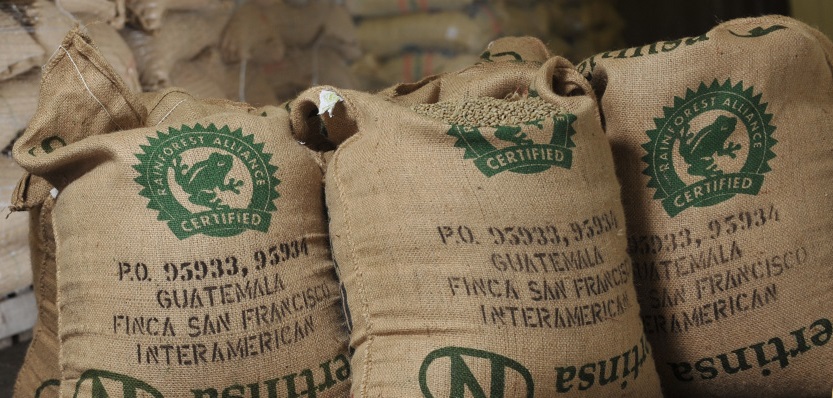
5. Non-Governmental and Non-Profit Brand
NGOs and Non-Profit associations do not have a commercial character. They are in the service of ideas relevant to civil society.
Branding emerged as a necessity for differentiation and gaining visibility. Very important thing in getting the volunteers and funds needed for specific actions. See here a very good example of promotion for an NGO brand
6. Destination Brand

They are the brands of specific cities or areas where tourism plays an important role in the local economy. Destination brands associate a specific place with a concept that appeals to tourists. For such branding to work, a supporting infrastructure is needed. The accommodation system, restaurants, and other services come to support the positioning of the destination brand. City or country brands aim to strengthen the image and reputation of a country to attract tourists.
7. Celebrity Brand

It's how celebrities capitalize on their immense popularity. Celebrities can associate their image with different brands. Either in actual ads or, more subtly, by placing products at various times in the spotlight or on social media.
8. Private Brand / Private Label
These are not actual brands. They are brands owned by large chain stores. It benefits from the good price, the privileged shelf positioning, and the promotion in trade magazines. In Romania the private label incidence is about 30%, and the trend is increasing. Switzerland has 55% of private label sales. 9. The employer brand is the image of a good employer built by businesses that want to be attractive to employees. Good working conditions, care for health and personal life, investments in qualification and professional development, remuneration, and career plans, all lead to an attractive image for future and current employees.
Say, Stay & Strive factor.
The 7 Steps in Building a Brand. I will provide a brief overview of the journey a brand takes from the initial stage until it makes its first steps in the world.
Keep in mind that a brand is not just a logo or a name. A brand is a perception that your audience has about the product or service you offer. Entrepreneurs make a promise, and the public evaluates whether this promise has been fulfilled. A solid brand is a promise that customers consider fulfilled.
I will address two types of brand creators who I think need information:
The starting point is the conscious need of an entrepreneur that a brand can help them sell more, at a higher price, or to a larger number of customers.
The branding process is difficult. It requires different skills and a team of specialized people. Some steps cannot be accelerated, such as registering a trademark. To tackle this effort, the energy of a determined entrepreneur is needed. But nothing can stop a determined person.
These are the 7 steps in building a brand. They are presented in the order that I recommend you follow.
The first step in building a brand is structuring the information into a questionnaire/brief. Sometimes, entrepreneurs are very smart and have the ability to think of many things. The brief will put ideas in order. Here, you will answer the essential questions about the future brand's personality. What are the attributes, benefits, who the brand speaks to, and how do you want to be perceived?
When collaborating with a branding agency, I recommend that you sign a contract that clearly specifies the deliverables, the responsibilities of each party, costs, and deadlines. Pay attention to what the contract provides in case a name does not pass the trademark registration test. What happens if you are not subjectively satisfied with the verbal or visual identity?
In this stage, we study the brands we compete with. What is the tone of voice in a certain category of products or services? It is a research stage where we inform ourselves about the competition and the target audience.
The audience we want to speak to is often segmented. Usually, there is not a single type of audience. For example, the mother decides what kind of bread to buy in a household, but the father may choose a certain brand, and if the bread remains on the table because it is not accepted by the children, it will not be purchased again.
It is very important for a brand to have a personality. You should be able to talk about it as if it were a real character. In this stage, we establish how we want to be perceived and how we differentiate ourselves. We choose a positioning for the new brand. The brand strategy will influence the verbal and visual identity and how a brand will communicate in the future. The story is built starting from reality.
An entrepreneur must have an original vision or business idea. The branding agency will translate the business objectives into communication objectives. The clearer and more original the business idea is, the greater the chances of its identity being strong.
Now we establish the verbal identity of the new brand. It is a beautiful stage where the creativity of a branding team is seen. The star of this stage can be the copywriter, the one passionate about words and concepts. Name and slogan proposals will take into account the chosen brand strategy. We recommend selecting a list of potential names. Here you can see an article with the existing types of names.
After we have a shortlist of names we like, we need to check that we can turn these creations into registered trademarks. All products and services are organized into 45 Nice classes. Names are registered in one of these classes. For example, a clothing brand will be registered in Nice Class 25, and a juice brand in Class 32.
The process of researching the availability of trademark registration is professionally done by a company specializing in intellectual property. Ideally, the preferred name should be free and able to be protected as a trademark. Trademarks function as assets owned by a company or individual.
After we have established the name and slogan of the future brand, we need a visual identity with impact. In this stage, it is very useful to have a talented designer or graphic artist. They will choose a visual concept for the new brand: the visual symbol, lettering characters, color palette, and visual elements associated with the brand.
The deliverables of the visual identity construction stage are logo design, master package design, rules for using the logo, brand book, personalized materials to communicate professionally: online signatures, identity elements for social media communication, business cards, PowerPoint or Word templates, etc.
These are the steps we go through when building a brand. I would like to add that a brand needs a constant online presence and a presentation website. Additionally, a brand needs to be supported by a communication mix to increase awareness and sales.
Good luck in building brands!
See the most used 5 logo types. The logotype represents a visual identification element of a company.
The logo communicates the company name and can work independently or in conjunction with a visual symbol.
Types of Logos
The logo is based on the body of the letter.
It is usually used to represent the initials of a company.
This type of logo uses the symbolic value of letter characters to convey a message.


It is a logotype that focuses on the company name and conveys a message through the typeface used.

The mascot is a character that becomes the spokesperson of a brand.
Mascots are generally appreciated by very young audiences or children.
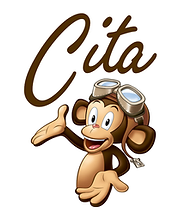
Emblem is a visual symbol obtained by composing a text into a visual symbol.
The emblems are descendants of the old coats of arms. They are logotypes that refer to a tradition or heritage.
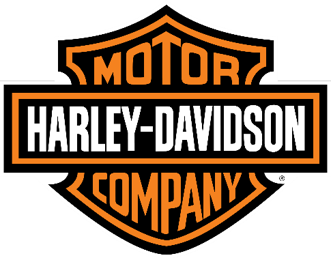
It is a logotype combined with a visual symbol. It communicates a company name and makes a visual association with an icon.
Combined logos are informationally complex and versatile in use. Visual symbols can represent a reality and we call them figurative, or they can communicate a state and then we will put them in the abstract category.

The logo works without any other supporting text. It is a visual symbol that is associated with a brand. This icon will communicate a story in a very short time.
This type of logotype is feasible in cases of brands with very high exposure. It is also a solution to the anti-brand reaction of the younger generation who do not want to be explicitly associated with a commercial symbol.

To be unitary, easily identifiable, and visually coherent, a brand needs rules for using communication elements.
Thus a respectable brand will develop an identity manual in which it will regulate the way it communicates with its consumers.
This manual will specify:
5 important logo design trends we collected for you.
A special year has just ended and part of our lives has moved online. This fact is also reflected in the branding. Here are some logo trends that have marked the last period:
From an image point of view, it is no longer enough for a company to exist, it must be everywhere. In all possible environments. This means that the logo is redesigned to serve more communication media.
The anatomy of the logo has adapted to the small screen. One direction in which branding moved was towards minimalism. It was necessary that the icons that represented the brands were legible in the limited space of a few tens of square pixels. This also explains a preference for the typography logo.
The need for a fluid, versatile branding, adaptable to various environments and able to enter into various partnerships has led to the generation of several variants for the same logo, variants that work in various environments and situations, variants capable of surprising an audience that is getting bored faster and faster.
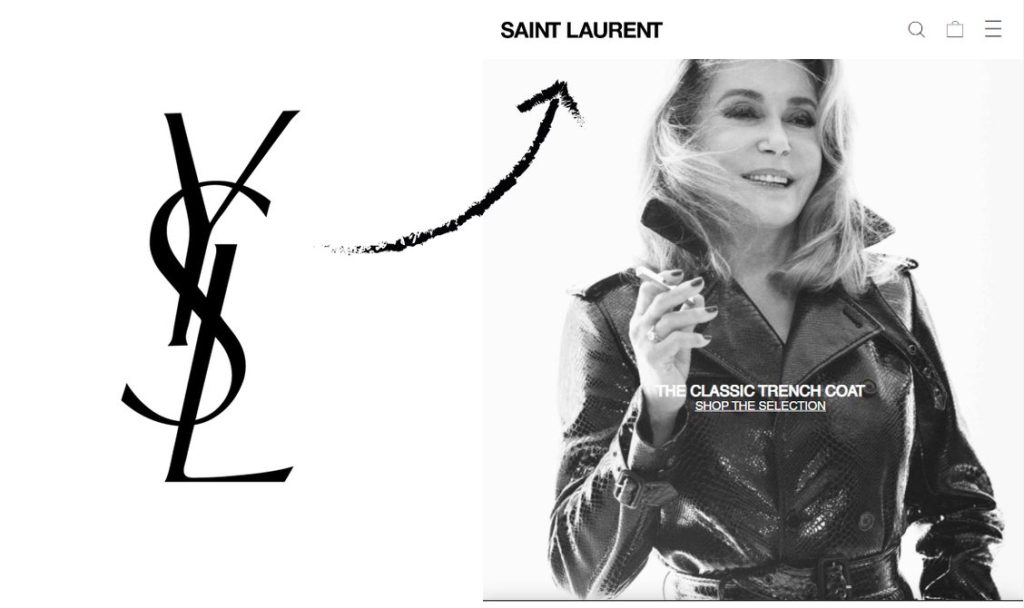
Following a logo trend that has been going on for several years now, more and more companies are introducing animation into their branding. This confirms the trends in social media where it is proven that the lowest engagement is the text-type posts, followed by the text+photo posts.
Dynamic image/video enjoys the highest audience/interaction from the audience.
An influence in this sense also comes from OTT media services and streaming companies, Netflix is the best example.
Brands associate themselves with social causes and undertake projects with an impact on the social life of consumers. Consumers pay attention to these details and there is a tendency that they are more inclined to buy the products of companies with whom they share the same ideals and who support common causes.
Not infrequently, private companies have either demonstrated that they can find more effective solutions to certain social problems than the authorities, or have supported socially involved NGOs. A local example is the "Donate Oxigen" campaign, a Prisum Romania initiative, which invites companies to donate a fraction of the cost of the products they sell to Agent Green, a non-governmental organization that actively fights to protect forests and reforest deforested areas.
The latest statistics show that 7 out of 10 hashtags on Instagram are "brand-aware". A wide category of consumers responds positively to the companies' request to introduce product names when photographed interacting with that product.
Thus, the message spreads among the followers of the respective consumer, but it can also be redistributed by the company that benefits from user-generated posts.
Most large companies, and not only that, are turning their attention to areas such as mobile applications, voice assistance, virtual reality, artificial intelligence, chatbot, augmented reality, biometric technologies, internet of things.
Development in these directions with the aim of increasing consumer involvement and loyalty leads implicitly to the rethinking of a company's image, the frequency with which rebranding increases, going in tandem with the progress of technology. We witness almost annual changes in the dynamics of the image of some brands.
See here a Beginner's Guide To User Experience if you want to improve your UX Design.
Start the branding process with the right approach.
I wrote this text for entrepreneurs who are just starting out their branding process.
Let's clear things up:
The name is the verbal identity of a product or service. It's how customers will refer to you, it's the equivalent of your own name. Nike, Dorna, and Xerox were just early names on the list.
Ideally is to have a short name that is easy to pronounce, relevant to customers, has a story in it, has recognition, has a history, and enjoys a positive previous perception. A kind of Ianis Hagi applied to products or services.
Trademarks are names protected at the national or international level. All possible products and services are grouped into 45 classes. You will surely find one for your business. See Nice classes
Having a registered trademark gives you the assurance that you will be able to market products and services without a competitor using the same name as yours. Imagine that you work hard and manage to have a quality product, appreciated by clients, but your name is not registered and one day a product with the same name appears on the market.
Everything you've built so far can go down the drain because you haven't legally protected a name. In fact, it is about protecting an entire business.
It is the name of your presentation site. It ends in .com, eu, ro, org, biz, etc.
Here you can check the availability to purchase the web domain: Romarg.ro
The perfect choice is to have the web domain described by the brand name. This way you will be found more easily in organic searches and you will have more traffic to the site from those who know your name and are looking for you online.
My recommendation is to start the branding process with a good name. This is the most effective tool to grow a brand and communicate effectively with customers.
In a branding agency, the first step is filling in a brief. A document that structures the essential information of a project.
A brief answer to the following questions:
Start by answering these questions. They will help you clarify your ideas and find a good name for your business.
There are several approaches when looking for a good name. In the first phase, you will most likely have a long list of all kinds of options.
Cut impersonal, generic, or hard-to-pronounce names from the list. For inspiration, see types of names. The advice of those around you can also help you. Ask the opinion, as a priority, of those who are in your target group. You'll be left with a much shorter list.
The next filter is checking the availability of registration as a trademark of the name. We recommend that you contact a company that specialized in intellectual property. They will do research on your names and give you a report of similar names and a recommendation on whether or not to go ahead with the registration process.
Trademarks can be registered locally or internationally. Costs with taxes are around 400 euros for local brands and around 1,000 euros for European brands. The price differs by the number of classes for which you want to protect the mark. Lawyers' fees are also added.
In parallel with this process of creation and legal verification, you should also look for the availability to buy a web domain. The domain name will appear in the communication of your business, on all materials, and if you have an online business it is even more important. It is ideal to have a domain name that is easy to remember and associate with your business. What can you do if the name you chose is not available as a www. domain? One solution is to add the scope to the end.
For example, if you open a cafe, which you want to call Neata, and the Neata.ro domain is taken, you can try the following options:
I resume the work stages:
Lots of inspiration!
Choosing a company name is like choosing a name for a child, an important decision that everyone wants to be a part of.
It is that kind of decision that contributes to the success of a business. You want to go with a good name to help you grow. I can tell you from my own experience that a good name opens doors and can be helpful in a meeting. Many times we broke the ice by discussing our name. Bigger logo.
A startup entrepreneur is like a tightrope walker. He has a lot of things to organize and not a lot of resources or experience. Most of the time an entrepreneur is pressed for time, which makes his choices even more difficult to make.
In this text, I will present you with some very specific information that you must take into account when choosing the name of your business or products.
Always research Study the category of products or services in which you will be active. Some categories are very competitive, such as food or beverage. Others are freer. If you are going to open a petroleum products trading company, it will be easier to find a good and available name.
Understand your audience. The people you will interact with have a certain degree of linguistic culture and associate certain expressions with the products or services. For example, a drug or dietary supplement is expected to have a name that encapsulates the product's medical research or natural ingredients. An IT company that offers online services will focus more on the speed of operation and the technology it uses. That is why it is important to determine from the beginning which territory you will play with your business.
Decide whether you want to build a local or an international brand. For a guesthouse in Bran, you don't need an international brand, but if you want to scale your business and you will expand in the next 2-3 years, I recommend that you think, from the beginning, of a name that sounds good in Romania as well and in Poland or UK.
Depending on this criterion, trademarks can be registered either with OSIM or with OHIM. The costs for registering a Romanian trademark per class are approximately 400 euros, and for registering a European trademark per class they are 850 euros. We are only talking about the fees charged by these offices. No creation costs, name availability research, or registration with the help of a law firm.
It is interesting that most of the good names were created in individual work sessions of the creators and not in brainstorming sessions. It's probably an area where strategy and focus matter more and spontaneity less.
Depending on how competitive your product or service category is, building a good name can take anywhere from 3 to 10 weeks. At the end of this period, you will receive from the branding agency a concept and an effective list of names.
It's not yet time to get attached to any of the options. Even if you really like a name and would like to move on to the logotype or website. Next is checking the availability of name registration.
Brands are organized into product and service classes, see the Nice classification. Attention, no one can guarantee that once the trademark registration process has started, you will not face opposition from companies that feel harmed by the name you want to use. I suffered it. It's unpleasant because you waste a lot of time and money. The OSIM or OHIM verification and the registration fee are not refundable even if the trademark registration process stops…
That is why I recommend that you contact a law firm specializing in intellectual property.
The costs for researching the availability of registration of a trademark are between 300 and 500 euros. It is safer to pay this fee and get a referral from the law firm. Register or search again.
The costs charged by a law firm to register a local trademark, on a single class, are between 350 and 500 euros, and the costs of registering a Community or European trademark on a single class are between 500 and 800 euros.
The time of verification and registration of a local trademark is approximately 3 months, and for a European trademark is 4 - 5 months from the date of application. So you have to be patient to stay 100% calm. In my experience, an entrepreneur cannot wait 4 months and take a risk, starting to communicate with a name that is in the process of registration.
In conclusion Choosing a name is a complex project involving strategy, creativity, and legal. Here, at Logo Bigger, we have gone through many naming projects. We have christened many businesses and have experience in name creation and trademark registration. Complete the form with the details of your project and us
The first signs that marked the ownership of goods date back to the Ancient era. Artisans signed their objects to identify those they produced and to guarantee their quality. The custom was found in Egypt or Greece, and in Ancient Rome it became more frequent.
In the period between the fall of the Roman Empire and the Renaissance, the role of brands on products becomes that of protecting the monopoly of the guilds.
Over time brands have received recognition from manufacturers and consumers. Manufacturers finding a way to protect their reputations.
In 1266, the first law protecting trademarks in Great Britain is initiated. Bakers' Law. In 1353, the trademark law guarantees the manufacturers the protection of their products against their piracy.
During the Industrial Revolution, legislation evolves, trademarks become legal property, and consumers begin to know brand names.
In 1857, the first trademark registration system for manufacturers appears in France. In the USA the first trademark registration system has been operational since 1870.
In 1876 the Trademark Registration Office is opened in London and the first trademark application is the BASS & CO Red Triangle label, now owned by Brandbrew S.A.
In 1883, the first international trademark protection treaty was signed in Paris.
Thus, registered trademarks will enjoy the same protection internationally.
Some famous brands are registered during these early trademark periods: Coca-Cola in 1887, Mercedes in 1900, and Gillette in 1908.
The name, slogan, and logo represent the verbal and visual identity of a brand. In order to be able to operate without risk in a market, the name and logo must be registered.
According to the NISA classification, there are 45 classes that organize the fields of activity within which trademarks are protected. See Nice classes
For the Romanian market
OSIM
State Office for Inventions and Trademarks
For the European Community
OHIM
Office for Harmonization in the Internal Market
For the US market
USPTO
U.S. Patent and Trademark Office
Rebranding is a process by which an organization or a product updates or changes its image.
5 situations in which a change of image is useful for your business.
A refresh of the brand image requires minimal intervention in the visual or verbal identity. For example, a fine modernization of the logo or an adaptation of the slogan, or a nuance of the colors used.
In 2020, BMW updated its image. The new logo is two-dimensional, simpler, and more adapted to digital environments.
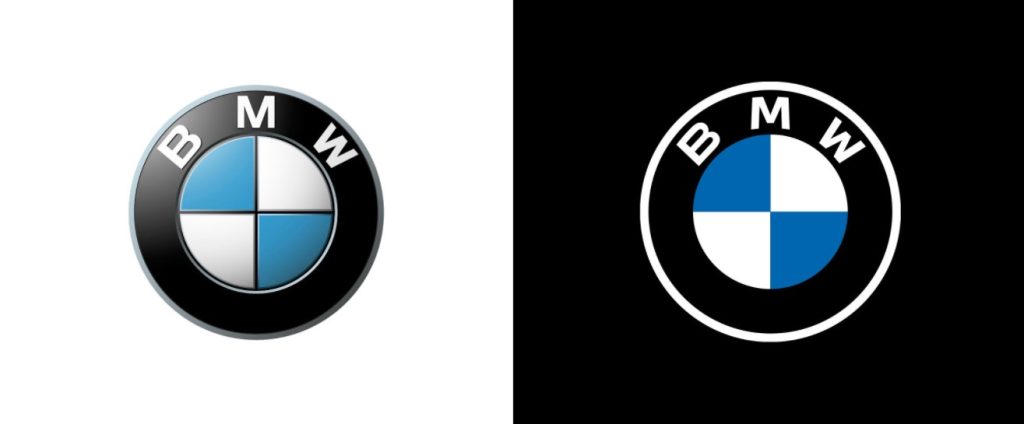
Rebranding is a major image change. It is generated by the construction of a new brand strategy and the communication of a new personality. A rebranding project reflects a dramatic change in the way a brand relates to its audience.
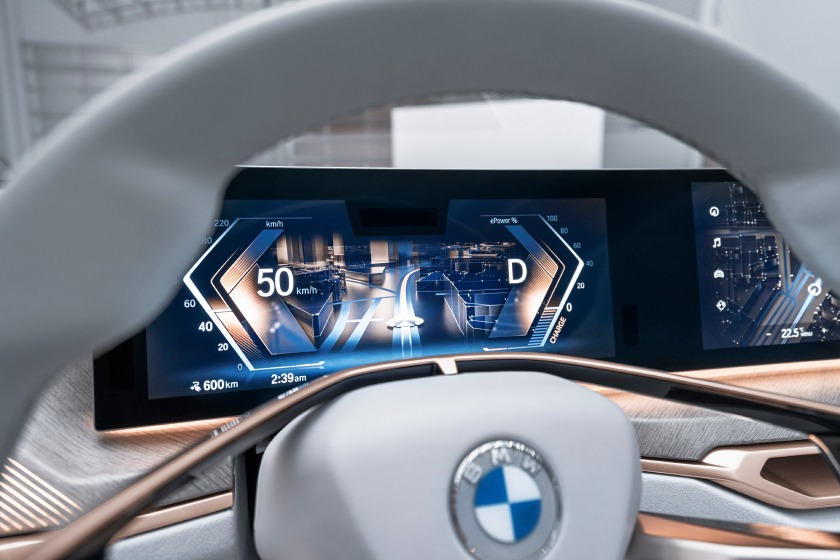
A rebranding project can mean changing the company's name, logo, and mission, and involves elements of intellectual property and brand registration.
An example of rebranding is the transformation of the consulting firm PricewaterhouseCoopers into pwc.

"We see multiple advantages in this visual change, it helps us communicate the company's values and services more coherently and powerfully, especially in the online environment."

Ian Powell, Chairman and Partner, PwC UK
See more details about the project here:
The advantages of a good image are indisputable. We all look for brands we trust and are willing to pay more for the sense of security that well-known brands give us.
But how do we know when is the right time for a refresh or rebranding project?
I made a list of 5 situations that I encountered
The original plans and values have changed. as the business grew. The brand image no longer overlaps with the company's values today. The organization needs an update and an image alignment with its current ambitions.


The perceived value of a brand can change. A popular product sometimes becomes a luxury product, which is sold expensively. This transition requires investment in increasing product quality and communication. An example is the Volkswagen brand, which initially addressed a very wide audience, and now has premium-class cars in its portfolio.
A very interesting case study is that of the Burberry fashion brand. The brand managed to escape the association with the hooligan phenomenon and became a symbol of the luxury fashion industry.


A marketing technique is that of selling a new category of products under an already-known brand. It is more efficient to launch a new product with an already existing trust capital. The loyal audience will associate the qualities of the brand with the new product and will be more willing to test and purchase it.
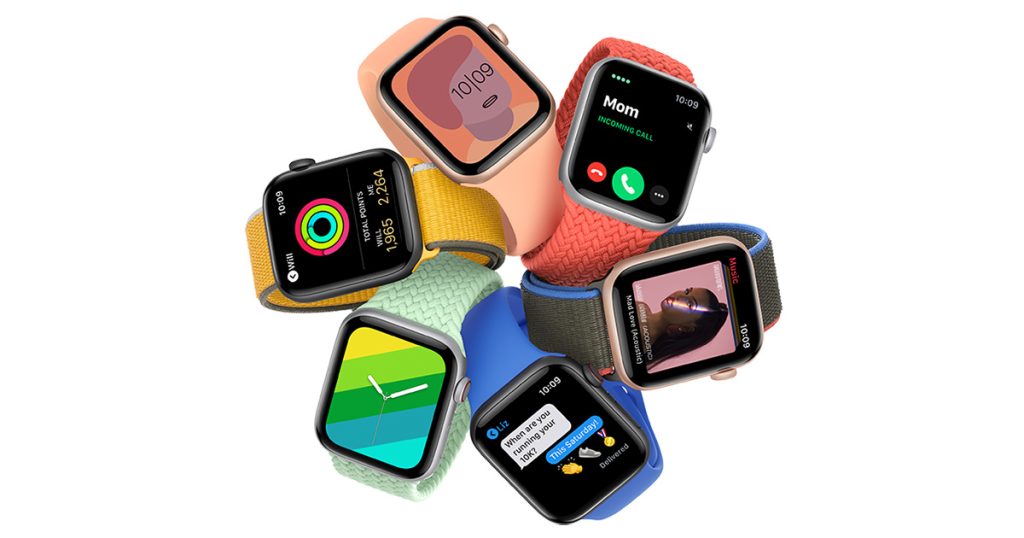
It is very important for a brand to know how to communicate in the language of its customers.
And they evolve, and so do their desires and aspirations.
There are brands that communicate with both young people and their parents. For example, cereal brands need to appeal to children but also convey healthy eating messages to parents.
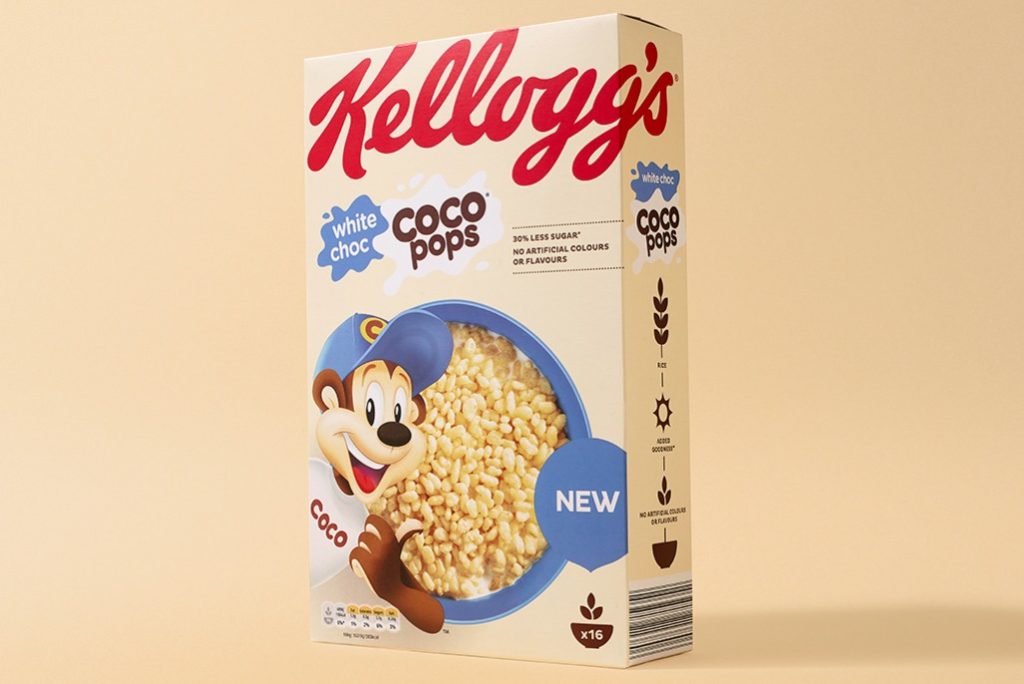
Interaction with brands takes place, most of the time, online.
A brand that looked great in print or on the computer screen no longer fits as well on the small screen of the mobile phone.
Adapting the image to the digital environment requires a simplification of the constituent elements of the initial identity. The time to decipher the image is much shorter, so the visual identity must be very clean. The font must work at very small sizes. That's why the fonts are full, without serifs, in solid colors.
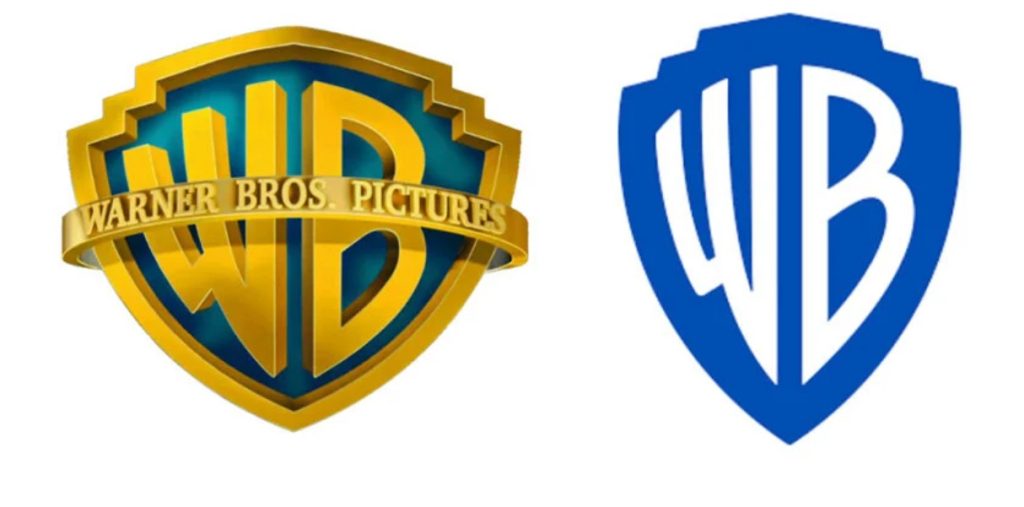
Bonus:
When consumers are highly attached to a brand's identity
Loyal customers have a sense of brand ownership. They want to recognize the visual identity elements they appreciate. Sometimes changing the brand image is not to the customers' taste. Especially if it is major and not perceived as an improvement.

Strong brands adapt to social and technological changes, thus remaining contemporary and relevant to their audience.
Write to us if you need advice related to the evolution of your brand. The Logo Bigger team has a lot of experience in refreshing or rebranding projects.
A good name must meet at least 3 conditions:
Of course, a naming brief will contain a lot of information and try to provide many selection criteria for a good name, but these three qualities are indispensable. Without them, your company name will be non-functional.
Ideally, the company name should be short, but this is not the condition to achieve memorability. I remember the name of The Flying Pig hostel more easily than a short but impersonal name.
It would be nice if the business name also gives the web domain name, but this is not always possible, and if you have found a good name but do not have a free web domain, there are certain solutions.
Let's take the 3 criteria proposed by me in turn and detail them.
Because a name that sticks in your head is a good name. A creative name will help you exist in the minds of consumers and that means a lot.
When we make a purchase decision, the fact that we know a brand is decisive. Knowing the brand, more often than not, means trusting that brand.
Our memory is limited, a normal person will remember a maximum of 10 brands from a product category. Try to say more than 10 brands of juices or detergents. You will see that it is difficult. And juices or detergents are product categories that communicate a lot. Chances are you've been exposed to several juice or detergent ads today.
A memorable name is friendly to the communication budget. You will need fewer ads for a product with a memorable name than when you want to impose a less happy name on consumers' minds. Better to start with a name that is easy to remember than to make huge efforts to impose it. These efforts mean time and money invested. Better invest this time in the naming phase of your business.
The relevance of the name is very important for the success of your business. It is in vain that you communicate with your audience in a language they do not know. It is the same as when we adapt the way we speak, depending on the interlocutor. In one way we are talking to a 3-year-old child and in another, we are addressing a doctor or a policeman.
To speak the language of your customers, you must make the effort to know them. I recommend that you talk to your customers. The way they talk about your services will be a big help in choosing your business name.
I have a very good example of an entrepreneur who created his business name using customer phrases. When I was a young art director I often heard the expression: I like your idea, but please make my logo bigger!
I used this feedback when I decided to start my own branding agency. Over time I also understood why the texts must be written larger when the readers are over 40 years old…
A good name is a name that tells a story, that gives you familiarity and confidence. That's why names are created with their audience in mind.
Because you are running a business and you want your investment to be protected. A good name becomes a trademark. This way you will be sure that you have the right to use that name and that no one else, in your business category, can use that name.
In the naming creation process, there are many good names that fail the registration test. I'm already someone else's property. There is no point in starting to build a successful business without a solid foundation. This secure foundation is protecting the wordmark you want to associate with your business.
The process of registering a trademark is technical and it can be frustrating, but by no means do I recommend you skip it. I have seen clients in my career who skipped this step and started brand-building from scratch.
Finally, I invite you to see some naming examples from the Logo Bigger portfolio and contact us if you want to build a memorable, relevant, and protectable brand together.